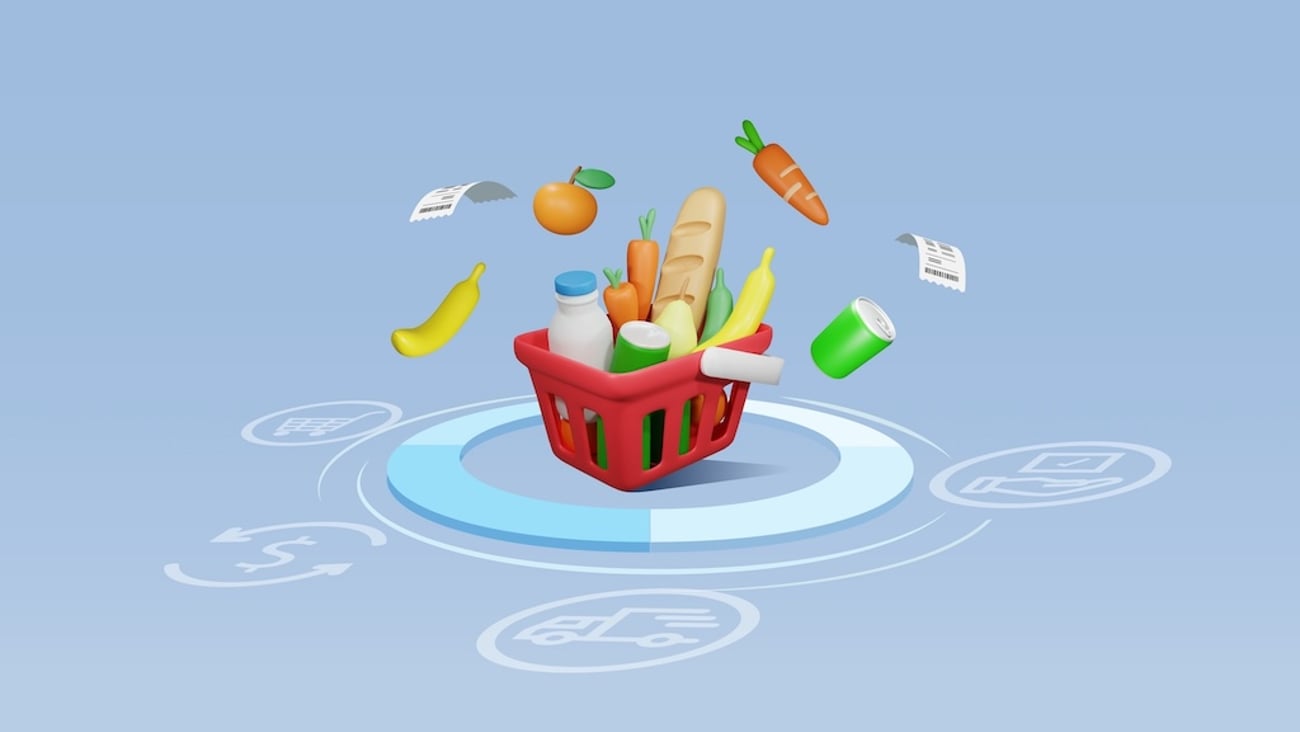The rise of autonomous shopping
In the ever-evolving retail landscape, Canadian shoppers are making their preferences clear: Self-checkout is no longer just a convenience—it’s becoming a significant part of the shopping experience. According to Kantar’s recent Canadian ShopperScape study on in-store shopping behaviour, most Canadians are embracing self-checkout lanes, and this shift is reshaping the way we shop. Notably, this change is also altering impulse purchases and the use of QR codes while shopping.
The tale of two checkout lanes
Gone are the days when staffed checkout lanes were the norm. Today, about two-thirds of Canadian shoppers prefer self-checkout lanes. This trend is particularly pronounced among younger, affluent shoppers with children. The convenience and speed of self-checkout terminals are undeniable, but what does it mean for the future of retail? Retailers must adapt to this preference, as the younger demographic is leading the charge towards a more autonomous shopping experience.
Kantar’s study reveals a clear demographic divide in checkout preferences. Boomers still prefer staffed checkouts, while millennials and gen Z favour self-checkout. This generational split presents a thorny challenge for retailers: how to cater to both groups effectively. For supermarkets and grocery stores, enhancing staffed checkout lanes to support impulse purchases is crucial, while positioning relevant impulse items near self-checkouts can capture the attention of younger shoppers.
READ: Is the sun setting on self-checkout?
The preference for self-checkout is not uniform across all retailers. Walmart and Dollarama shoppers favour self-checkout, while those who shop at grocery store chains such as Sobeys and Metro tend to prefer staffed checkouts. This difference in shopper behaviour necessitates a tailored approach for each retailer to maximize shopper satisfaction and sales. For instance, Walmart and Dollarama can enhance the self-checkout experience by ensuring it is quick and easy, while grocers can focus on making the staffed checkout process more efficient and enjoyable.
One of the most intriguing findings from Kantar’s study is the impact of self-checkout on impulse purchases. Self-checkout lanes are driving more impulse candy and gum purchases than staffed lanes, fuelled by cravings and a desire for self-indulgence.
Harnessing the power of QR codes
Another fascinating finding is the rise in QR code use among Canadian shoppers. Particularly popular among millennials and western Canadians, QR codes are being used to access product details, redeem discounts and even connect with retailers on social media. This engagement presents a golden opportunity for retailers to engage shoppers more deeply. By integrating QR codes into their marketing and in-store strategies, retailers can provide genuine value and enhance the shopping experience.
Embrace the shift
The implications of these findings are profound. Retailers must adapt their strategies to capitalize on the increased use of self-checkout lanes. This means optimizing self-checkout lanes to drive impulse purchases and leveraging QR codes to engage shoppers. A dual-checkout strategy that caters to both younger shoppers and boomers is essential. This could mean enhancing staffed checkout lanes, while strategically positioning impulse items near self-checkouts.
Additionally, the increased use of QR codes offers a valuable tool for deeper shopper engagement. Retailers should ensure QR codes are prominently displayed and linked to useful information, discounts and social media platforms. Doing so not only enhances the shopping experience, but also builds stronger connections with tech-savvy shoppers.
READ: What is happening to self-checkout?
The shift towards more autonomous shopping preferences is transforming the retail landscape in Canada. Retailers that embrace this change and adapt their strategies accordingly will be well positioned to thrive in this new era. By understanding the preferences and behaviours of Canadian shoppers, retailers can create a shopping experience that is both convenient and engaging. The future of retail is here, and it’s time to embrace this evolution in shopper behaviour.
This article was first published in Canadian Grocer’s August issue.






